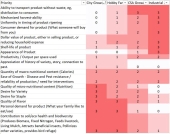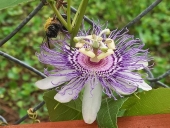

 13
13




Live, love life holistically
 3
3




John Daley Bendigo, Australia The Enemy of progress is the hope of a perfect plan
Benefits of rainfall collection https://permies.com/t/88043/benefits-rainfall-collection
GOOD DEBT/ BAD DEBT https://permies.com/t/179218/mortgages-good-debt-bad-debt












 4
4




John C Daley wrote:Rainfall collection
I rabbit on about this subject continuously and with your house and the paved driveway you have a good source of catchment.
Have you considered it.
A 20,000L tank on the buildings is the way to start.
Catchment off paving is handled differently.
Question when do you eat prickly pear cactus?
I have some here and dnt know much about it.
Live, love life holistically
 2
2




John Daley Bendigo, Australia The Enemy of progress is the hope of a perfect plan
Benefits of rainfall collection https://permies.com/t/88043/benefits-rainfall-collection
GOOD DEBT/ BAD DEBT https://permies.com/t/179218/mortgages-good-debt-bad-debt
 8
8
















 4
4




John C Daley wrote:Why are there so many rodents there?
Is it because you are growing food?
Is it a natural level of rodents?
Live, love life holistically












 1
1




Phil Stevens wrote:My grandmother had lots of prickly pear around her house and used to make jam every summer. We used kitchen tongs to pick the fruit, and she would put them whole into a big pot and gradually boil them down to mush. She used layers of gauze or cheesecloth to strain the liquid and this would get all the spines.
For the pads (nopales) I like to pick them when they're quire small and immature, before the spines have emerged. In Ulla's photos, you can see the leaves on several of the younger pads...they are like little fleshy spikes, and only remain for a week or two before withering and falling off. I slice them and add to stir fry or soups. I bet they would be good battered and fried like okra, but haven't tried that yet. I might, because I miss okra and it just doesn't get warm enough here to grow it but cactus thrives as long as it's in a well-drained situation.
Live, love life holistically












 7
7




Live, love life holistically












 8
8




Live, love life holistically












 9
9




Live, love life holistically
 7
7




I do Celtic, fantasy, folk and shanty singing at Renaissance faires, fantasy festivals, pirate campouts, and other events in OR and WA, USA.
RionaTheSinger on youtube












 6
6




Riona Abhainn wrote:Thank you for sharing your process and your progress with us all, so interesting and you're doing an amazing job, both for your own household and for the wild creatures around you! It’s a lovely oasis that will get even better. And thank you also for talking about prickly pears so we who don't live in the desert know more about the best ways to eat them. I watch Naked and Afraid a lot and, unless the fruits are out, the people on there when it happens in the desert eat the pads and don't like them but make do with them.
Live, love life holistically












 10
10




Live, love life holistically
 10
10
















 11
11




Joe Hallmark wrote:First off wish you well on the health issues. Everything you are doing is looking really great! I can’t wait till my berries start producing well. Finally get fruit trees this year. It’s encouraging to see such good yields in an extreme hot area. I had poor luck due to extreme heat last year and started saving seed from what did decent.
Is that a picture of hummingbird house? I tried some made from wicker but had no takers. I had actually never seen any and just ordered them. Have you had any move into the houses? If so do you remember where they came from. I love watching the hummingbirds and lots come to feeders I would love to help them nest.
Live, love life holistically












 9
9




Live, love life holistically
 3
3




'What we do now echoes in eternity.' Marcus Aurelius
How Permies Works Dr. Redhawk's Epic Soil Series
 4
4




Invasive plants are Earth's way of insisting we notice her medicines. Stephen Herrod Buhner
Everyone learns what works by learning what doesn't work. Stephen Herrod Buhner












 9
9




Anne Miller wrote:I am sorry to hear about your health issues. I hope you are recovering nicely.
Your gardens are looking great.
Best wishes.
Live, love life holistically

 6
6




How Permies works: https://permies.com/wiki/34193/permies-works-links-threads
My projects on Skye: The tree field, Growing and landracing, perennial polycultures, "Don't dream it - be it! "












 7
7




Nancy Reading wrote:Wow! What a transformation! from bare lawn to food forest in 6 years. You should be very proud of your achievement there.
I will be interested to see how your watering requirements evolve. Hopefully the plants will be able to send their roots deeper as they grow. Were you able to design in much in the way of soil water retention features? Being from a damp climate, I'm in awe of anyone that can garden when it doesn't rain fairly often!
Although you ended up with an ornamental banana, I believe the leaves can still be used as food wraps, on some varieties the stems are edible too (but do your research there as I may be misremembering!) Also as fibre - I remember a thread about banana weaving.....this thread gives some alternative uses of Musa basjoo.
Thank you so much for sharing your beautiful garden.
Live, love life holistically












 7
7




Live, love life holistically












 3
3




Live, love life holistically












 4
4




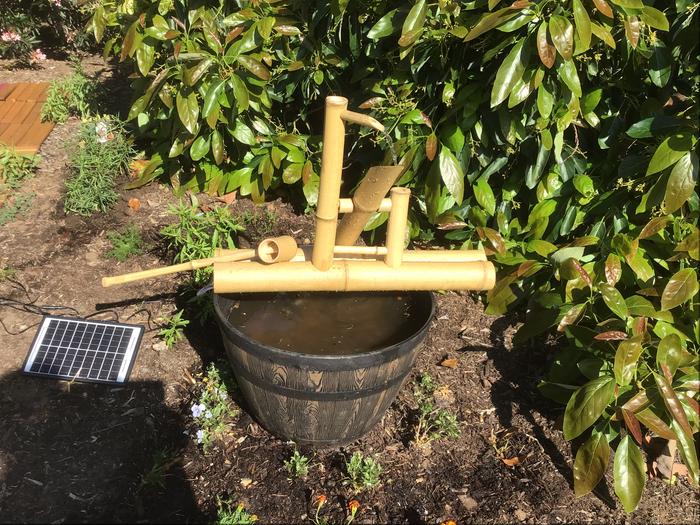
Live, love life holistically












 3
3




Live, love life holistically












 3
3




Live, love life holistically












 3
3




Live, love life holistically












 2
2




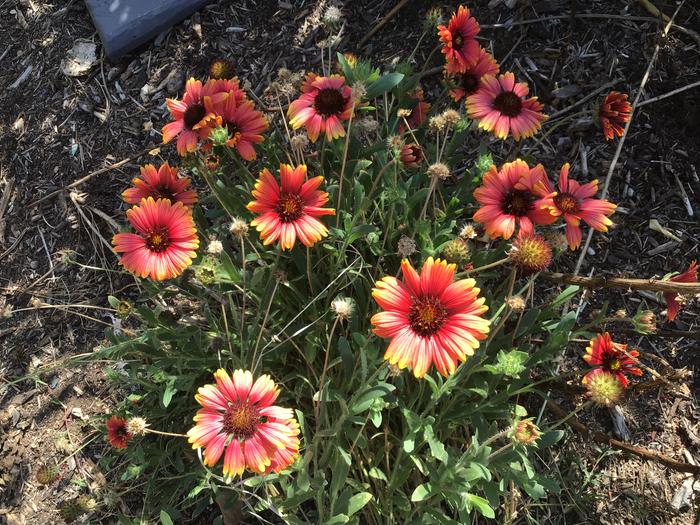
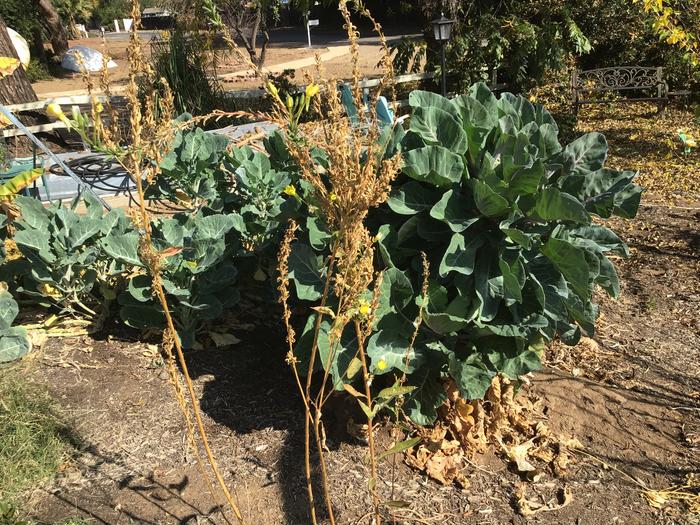
Live, love life holistically












 2
2




How Permies works: https://permies.com/wiki/34193/permies-works-links-threads
My projects on Skye: The tree field, Growing and landracing, perennial polycultures, "Don't dream it - be it! "












 2
2




Nancy Reading wrote:Thank you for sharing your year Ulla! It is lovely and strange for me to see how lush it all looks there still :) I remember that Patrick Whitefield reckoned that nasturtiums were a good plant to find frost pockets in your garden, since they die back at the first sign of the cold.
Live, love life holistically












 6
6




 .
.
 of my “workers”.
of my “workers”.
Live, love life holistically












 6
6




Live, love life holistically
 4
4




I do Celtic, fantasy, folk and shanty singing at Renaissance faires, fantasy festivals, pirate campouts, and other events in OR and WA, USA.
RionaTheSinger on youtube












 2
2




Riona Abhainn wrote:Your food forest continues to amaze me. I know the passion fruit has been a struggle, hopefully the new ones do better.
Live, love life holistically












 4
4




Live, love life holistically
















Live, love life holistically












 3
3






Live, love life holistically
 2
2




I do Celtic, fantasy, folk and shanty singing at Renaissance faires, fantasy festivals, pirate campouts, and other events in OR and WA, USA.
RionaTheSinger on youtube












 2
2




Live, love life holistically
 2
2




Iterations are fine, we don't have to be perfect
My 2nd Location:Florida HardinessZone:10 AHS:10 GDD:8500 Rainfall:2in/mth winter, 8in/mth summer, Soil:Sand pH8 Flat

|
Proudly marching to the beat of a different kettle of fish... while reading this tiny ad
The new permaculture playing cards kickstarter is now live!
https://www.kickstarter.com/projects/paulwheaton/garden-cards
|

